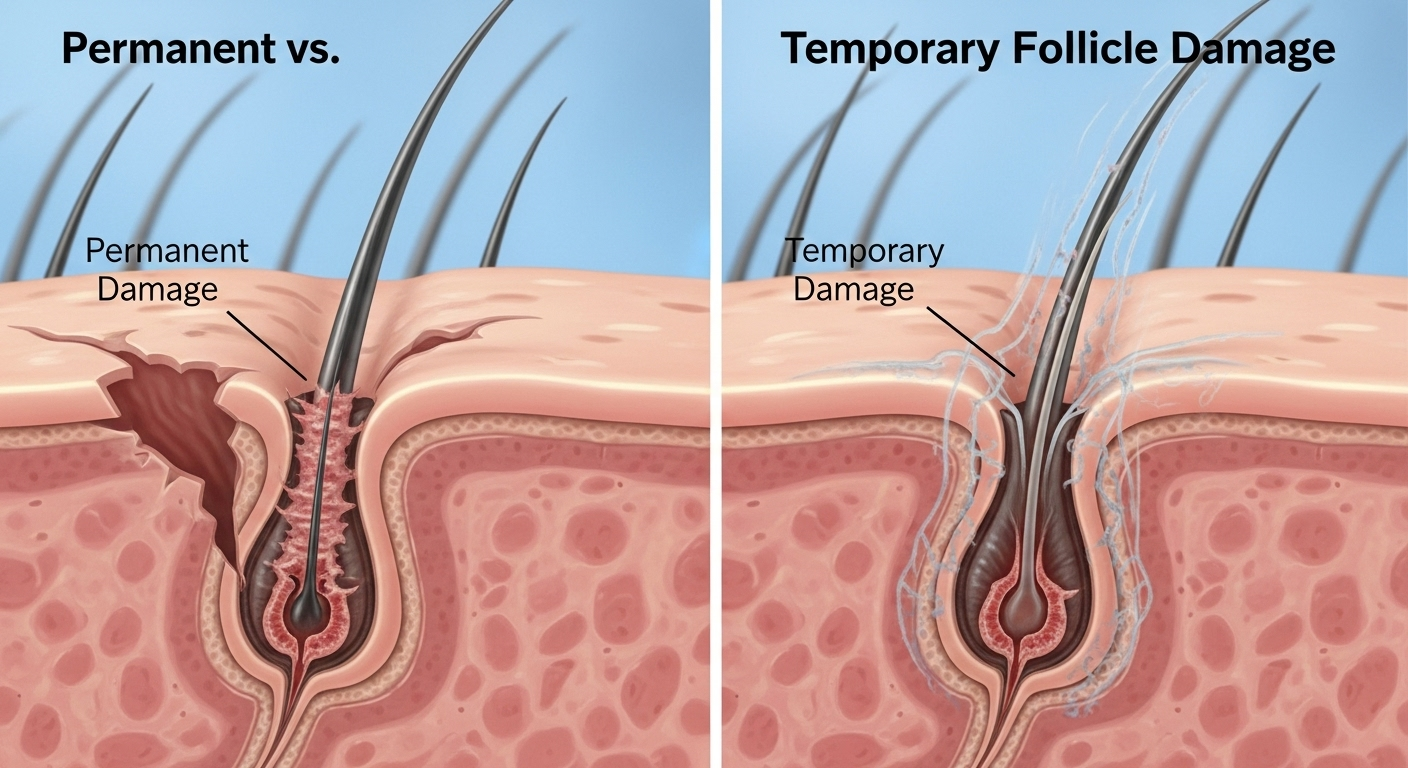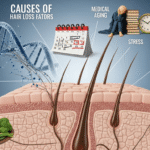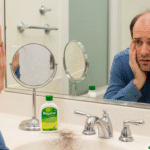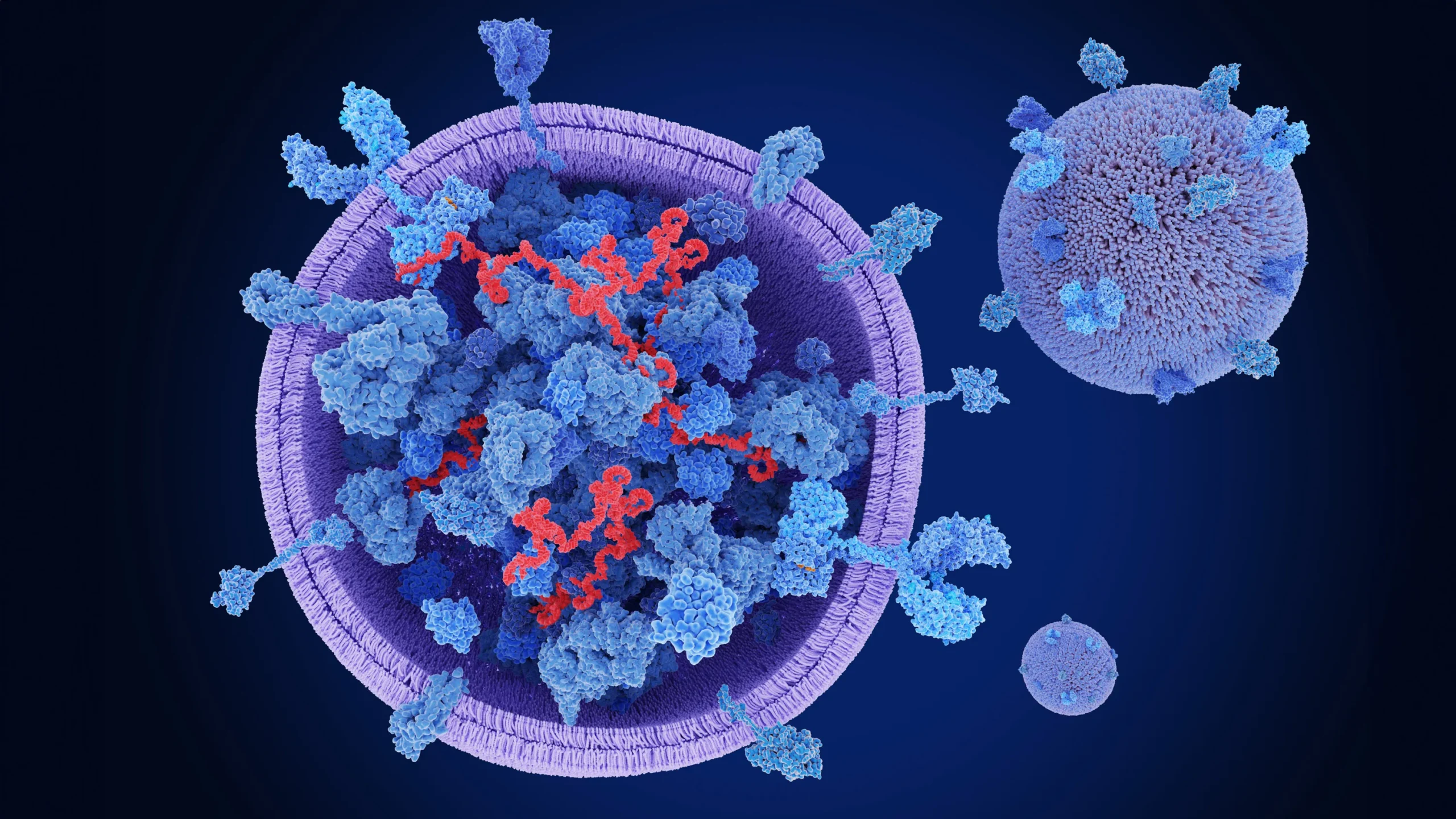Worried about thinning hair and wondering is TRT hair loss reversible? This guide explains how testosterone replacement therapy affects hair, why some people experience shedding, and which proven treatments can restore and protect your hair. With expert tips, medical insights, and real recovery strategies, you’ll have the clarity to take control of your hair health …
Worried about thinning hair and wondering is TRT hair loss reversible? This guide explains how testosterone replacement therapy affects hair, why some people experience shedding, and which proven treatments can restore and protect your hair.
With expert tips, medical insights, and real recovery strategies, you’ll have the clarity to take control of your hair health and confidently plan your next step.

Understanding Is TRT Hair Loss Reversible
What is Testosterone Replacement Therapy (TRT)?
Testosterone Replacement Therapy is a medical treatment for low testosterone levels, often prescribed to men with hypogonadism. It comes in various forms—gels, injections, patches, or pellets—and can improve energy, libido, and mood.
However, testosterone is closely linked to dihydrotestosterone (DHT), a hormone known for its role in androgenetic alopecia (male pattern baldness).
How DHT Influences Hair Follicles
When testosterone converts to DHT via the enzyme 5-alpha reductase, it can bind to hair follicle receptors. In genetically predisposed individuals, this causes follicle miniaturization—making hair thinner and shorter until it stops growing entirely.
Does TRT Cause Hair Loss? The Evidence
Scientific Insights & Expert Opinions
According to a urologist and health educator, TRT itself doesn’t cause hair loss directly—but it can accelerate hair loss in those genetically predisposed to DHT sensitivity. Studies confirm that higher circulating testosterone may lead to more DHT production, influencing scalp hair health.
Role of Genetic Predisposition
Not everyone on TRT will experience hair loss. Genetics play the main role—if your family has a history of male pattern baldness, TRT may speed up the process.
Is TRT-Induced Hair Loss Reversible?
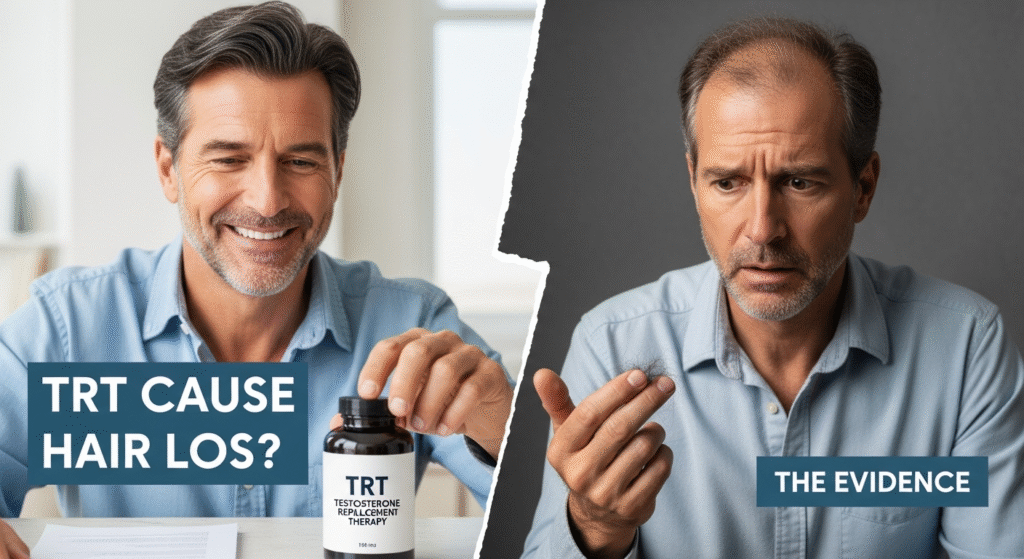
Evidence for Reversibility
If hair thinning is caught early, it may be reversible—especially when caused by follicle miniaturization rather than follicle death. Reducing DHT exposure or stopping TRT can slow or reverse shedding.
Permanent vs. Temporary Follicle Damage
- Temporary damage: Follicles are still alive, and hair regrowth is possible with medical treatment.
- Permanent damage: Follicles have shrunk beyond recovery, making surgical options (like transplants) necessary.
Cases in Women
Interestingly, women treated with testosterone for androgen deficiency sometimes report hair regrowth—likely due to hormonal balance rather than excess DHT.
How to Prevent or Reverse Hair Loss While on TRT
Early Detection
- Watch for increased shedding
- Check for thinning near the crown or temples
- Use scalp photography to track changes
Medical Interventions
- Finasteride or Dutasteride: 5-alpha reductase inhibitors that reduce DHT
- Minoxidil: Stimulates follicles and prolongs the growth phase
- Topical Finasteride: Reduces systemic side effects while protecting hair
Lifestyle Adjustments
- Maintain a nutrient-rich diet (protein, iron, zinc, biotin)
- Reduce stress (mindfulness, exercise)
- Avoid harsh hair treatments
Combination Therapies & Advanced Options
- Low-Level Laser Therapy (LLLT): Improves scalp blood flow
- Platelet-Rich Plasma (PRP): Growth factor stimulation for follicles
- Hair Transplant Surgery: For irreversible loss
Summary: Evidence on Reversibility of TRT Hair Loss
| Factor | Reversibility Outlook |
|---|---|
| Genetic predisposition | Irreversible if follicles are dead; partial regrowth possible if intervention is early. |
| Follicle health | Miniaturized follicles can recover; dead follicles cannot. |
| Female cases | Some show regrowth with TRT—suggesting anabolic benefit. |
| Interventions | Finasteride, minoxidil, LLLT, PRP increase chances of regrowth. |
| Early action | Critical for better outcomes. |
Key Takeaways
If concerned about hair loss, proactive planning—before or shortly after starting TRT—is essential for preserving hair.
TRT doesn’t inherently cause hair loss but may accelerate it in those predisposed due to elevated DHT.
Reversibility is feasible, particularly when follicles are miniaturized but still viable.
Intervention matters: Consistent use of DHT blockers, minoxidil, and advanced therapies significantly enhance regrowth likelihood.
Female response to TRT may differ—some show notable improvement in scalp hair with therapy.
FAQs
Will my hair grow back after stopping TRT?
If follicles are alive, regrowth is possible within 3–9 months with treatment.
Does everyone on TRT lose hair?
No—only those with genetic predisposition or high DHT sensitivity.
Can I stay on TRT and still preserve hair?
Yes—by managing DHT with medication and monitoring hair health closely.
What’s the timeline for hair regrowth?
Mild thinning may reverse in 4–6 months; advanced loss may take longer or require surgery.
Are injections or pellets different in hair loss risk?
Formulation may slightly influence hormone peaks, but DHT sensitivity remains the key factor.
Ready To Take Your Next Step
Don’t wait until hair loss becomes irreversible. Book a consultation with Dr. Uzma Irfan, an ISHRS-certified surgeon in Islamabad today to create a personalized TRT hair preservation plan. Whether you’re experiencing early shedding or advanced thinning, expert guidance can make all the difference.

